Glazed and illuminated cocoons, shells and burrow like structures plumed across terraneous landscape embrace the vision of sustainable habitats. PadaLabs led by Begum Aydinoglu, visualizes WuWei Forest Eco-Living; a squadron of dreamy dwellings at Kaisen Thousand-Year Ancient Trees Garden in Pingan Village, Huizhou City, Guangdong Province, China. Succumbed by enchanting hills and ancient hills frolicking the natural fabric, the project safeguards living fossils of civilization, exploring the coexistence between humans and ecology. The ideation establishes the research on ancient tree culture and art over 26.27ha.
The mounted burrow like Ancient Tree Wellness Hotel, shell-like Hotel Villa Guesthouse, and Hillside Villa, glazed mountainous Top Big House, cocoon-like Hillside Townhouse and Treehouse armours the biodiversity in aesthetic and affluence. Wu Wei means to recognize the forces of nature and act accordingly; sailing effortlessly. The PadaLabs architects have inspiringly approached to achieve a perfect balance and unity in form with methodical space planning.
The inculcation of Chinese culture and garden design principles, such as borrowing, framing, blocking, suppressing, and exposing develops a subtle language with nature. These principles echo into the creation of functional distribution and unit planning. The ‘borrowing’ principle has a dominant influence on designing the units to expose embellishing vistas. In addition, the ‘blocking’ contributes to the distribution of services. ‘Framing’ and ‘exposing’ accentuate certain views that are, in return, emphasized.
Traditional Chinese architecture of incorporating symmetry is achieved in particular by the wellness hotel, the hotel-tree house, the hillside townhouse and the mountain top big house. Blending green courtyards further compliments and relishes upon the traditional expression of architecture. The curation of non-orthogonal design is inspired by the leaf structure of three main ancient tree species on the site. Unique forms were created through methodical thinking combined with traditional Chinese design principles complimenting site conditions.
Respecting the history of the ancient trees, the architects adopted an integrative approach. Curated courtyards accommodate soulful trees weaving a connection to the site. Adhering to the sloping topography with minimal footprint, a stilt-like element elevates the units to skim away any disturbances. The province has a humid subtropical climate, acknowledged through designing a natural ventilation cycle through large facade openings that channel air from ground to upper level. In conclusion, the design parameters ambitions to be one with nature.
The design proposal of the WuWei Forest Eco-Living by PadaLabs realizes innovative methods that preserve, improve and sustain the existing conditions of the site. The generated form family has outstanding potential for growth through its modularity that alters and adjusts to requirements. The architects designed urban furniture as a testament to the flexibility of this modular design. The initial phase presents to be a stepping stone to empower and encourage an eco-living experience that gazes towards the future of sustainable building and installation of modular design and its vast possibilities. Off-site manufacturing can further reserve site-sensitive conditions. Considering these, the sustainable method and modular design can broaden the possibilities of what they can achieve and envision on any site which is a crucial factor to inspiring proposals.
Cost control follows the concept of resource balance through locally sourced materials. In the rich environment, the flow of materials enables the integration of scrap-based composite finishes (bamboo, rammed earth) and regional wooden resources. Imbuing technical dexterity in terms of fabrication, transportation and assembly, as well as traditionally rooted aesthetic enhancement. From a temporal point of view, the delivery and construction stages benefit from the proximity of material and manufacturing sources. Amalgamating both traditional wood-working techniques and modern systems, such as milling and wood bending proliferates the fabrication procedure.
The modularity of the design elements assists and improves the design process and on-site construction. The immaculate joinery and assembly of the primary elements extempore a consistent and progressive method, regardless of the customization. Aiming to diminish technical malfunctions and delays, meanwhile enhancing the individuality of the architectural design proposal. The fusion between source, resources and design approach represents the main drivers for comprehensive economical management. Hence, a controlled flow of materials and rigour on-site, boldly reinforce time, assembly and labour efficiency.
The sustainable approach of the WuWei Forest Eco-Living seeks moderation and efficiency in terms of energy, materials, and the ecosystem. The predominant natural landscape and the fusion of built and unbuilt vitally conserve resilience through design. Key configurators of the concept are the assembly between the landscape and design proposal. Integrating the existing vegetation, the built space becomes a continuation of the ecological realm. Trees become responsive drivers within the buildings, serving in terms of noise reduction and light level control. Hence, the boundary between built and unbuilt becomes less poignant.
The architectural method of the WuWei Forest Eco-Living pursues the notion of autonomy and resource stability through performative irrigation, heating, and energy systems. Solar panels comprising thin foil solar cells enable the energy flow through daylight exposure. They are flexible in terms of shape, able to be customized according to surface undulation. The heating and cooling process is possible with the use of a fan coil unit with minimal ductwork, maintain a lightweight design. A bio-digester transforms the waste into biofuel supported by additional energy and gas plants. PadaLabs irrigated the interior courtyards through a connection to water technical units that collect rainwater and transfer it to the designated green spaces. The protection of the existing natural landscape and the use of environmentally conscious methods for energy production and waste management essentially contour the architectural ecology. Hence, the fusion between architecture and nature becomes symbiotic and seamless.
Project Details
Architect: Begum Aydinoglu
City: Istanbul
Country: Turkey
Project Name: WuWei Forest Eco-Living
Architecture Firm: PadaLabs
Website: www.padalabs.com
Project Year: 2021
Project Location: Ping’An Village, Guangdong, China
Built / Unbuilt: Unbuilt
Photographer & Visualisations: Metrica Visuals
Built-Up Area 26.27ha
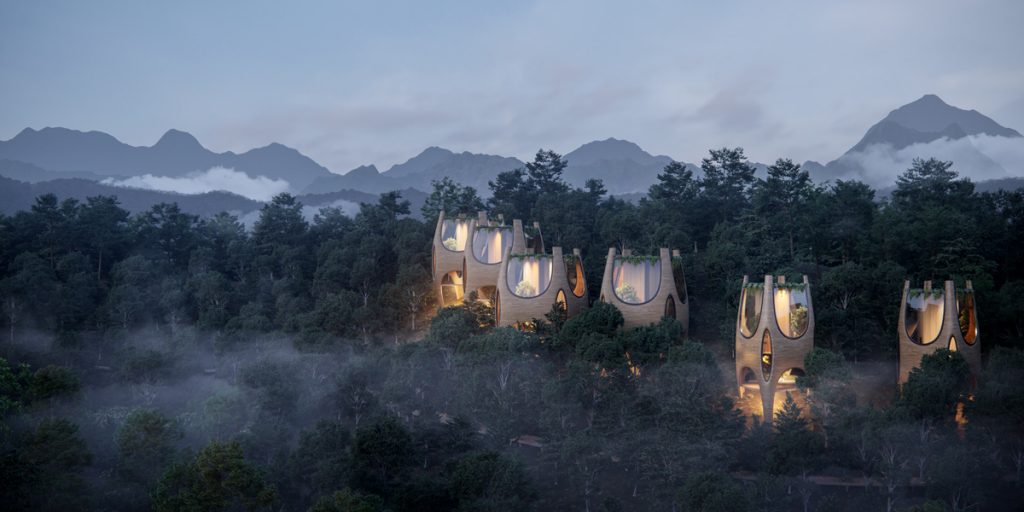
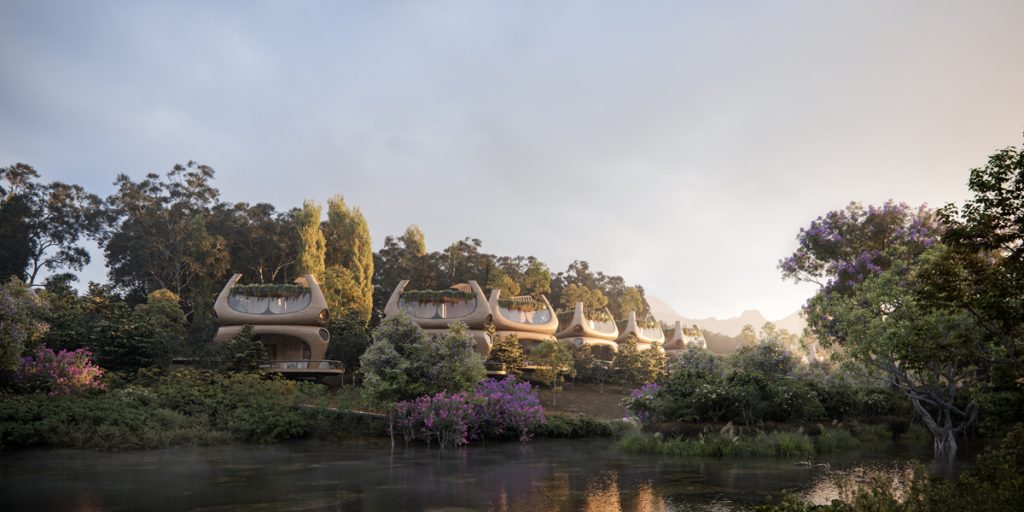
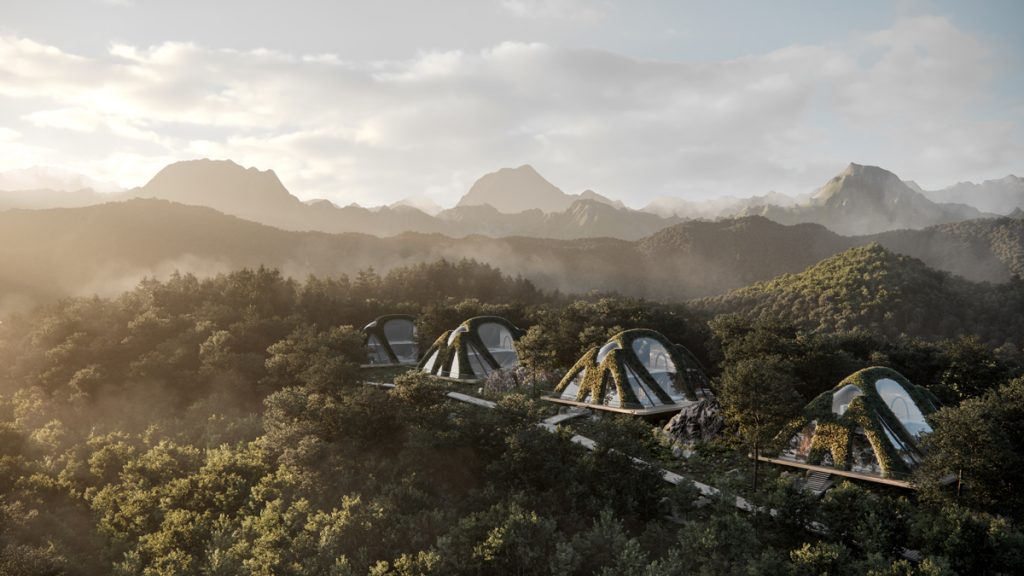
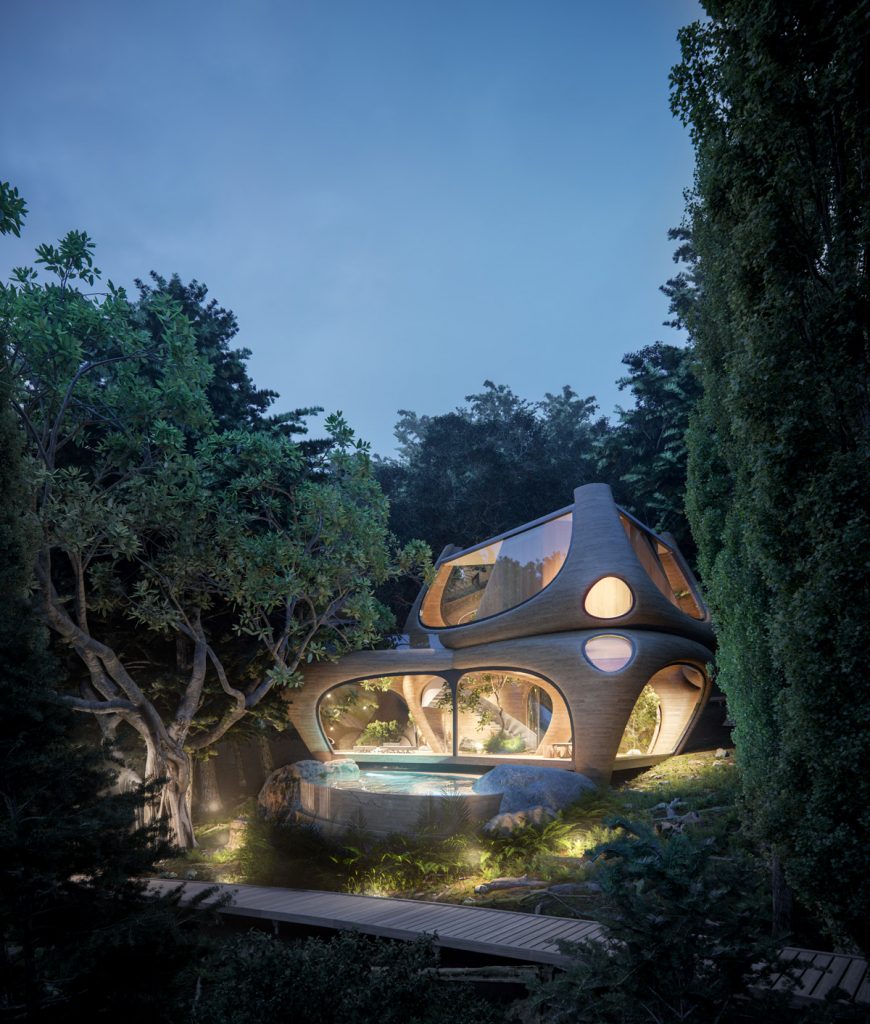
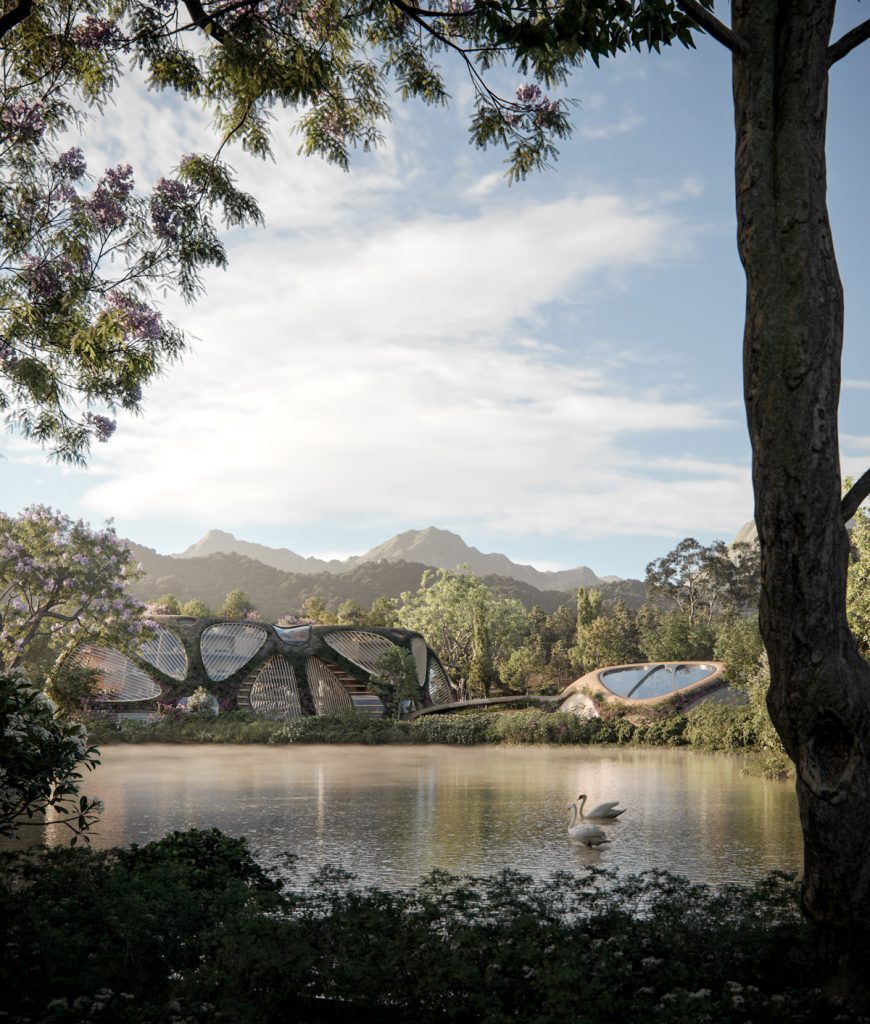
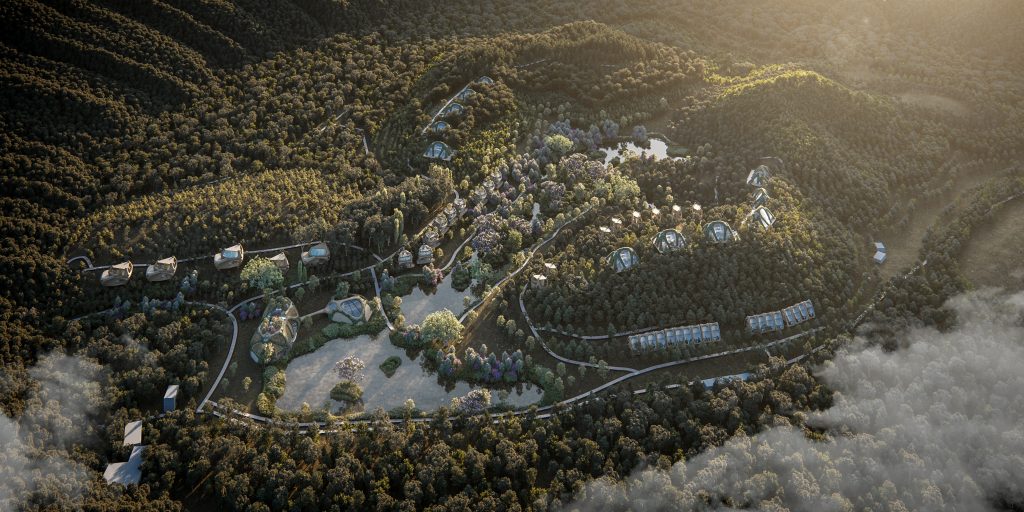





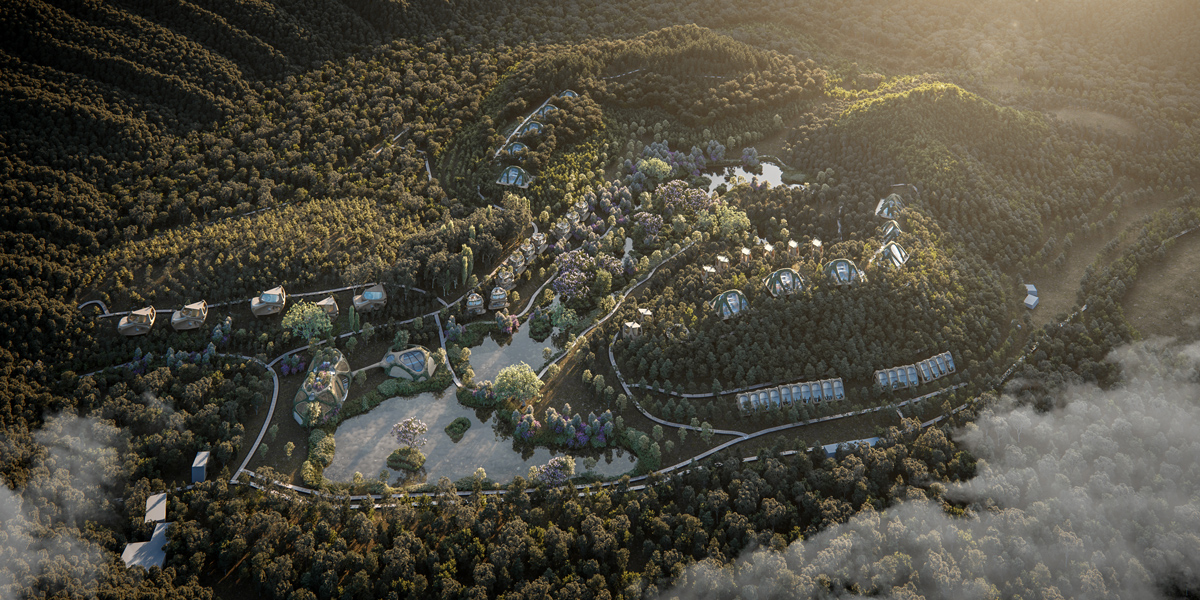

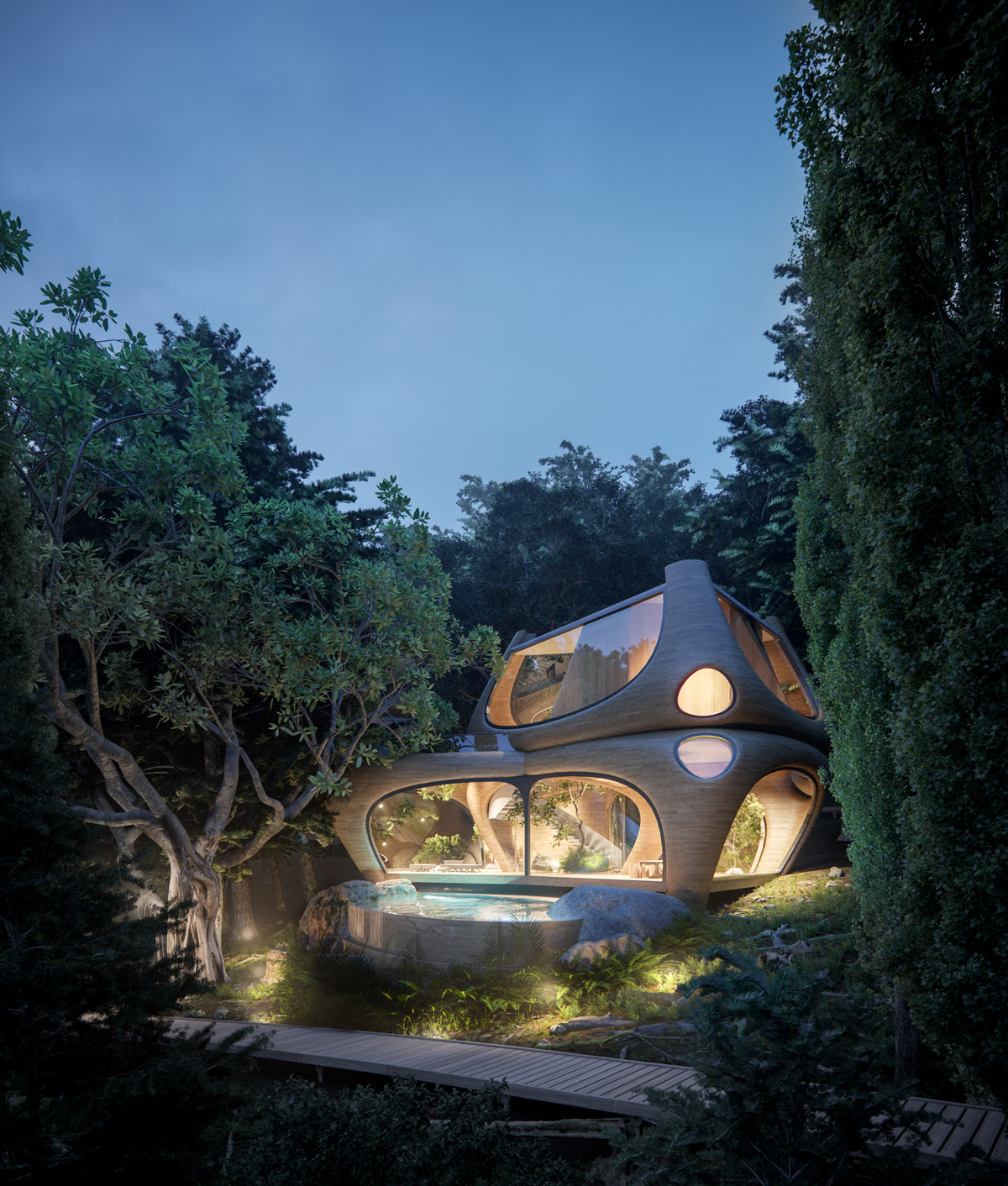
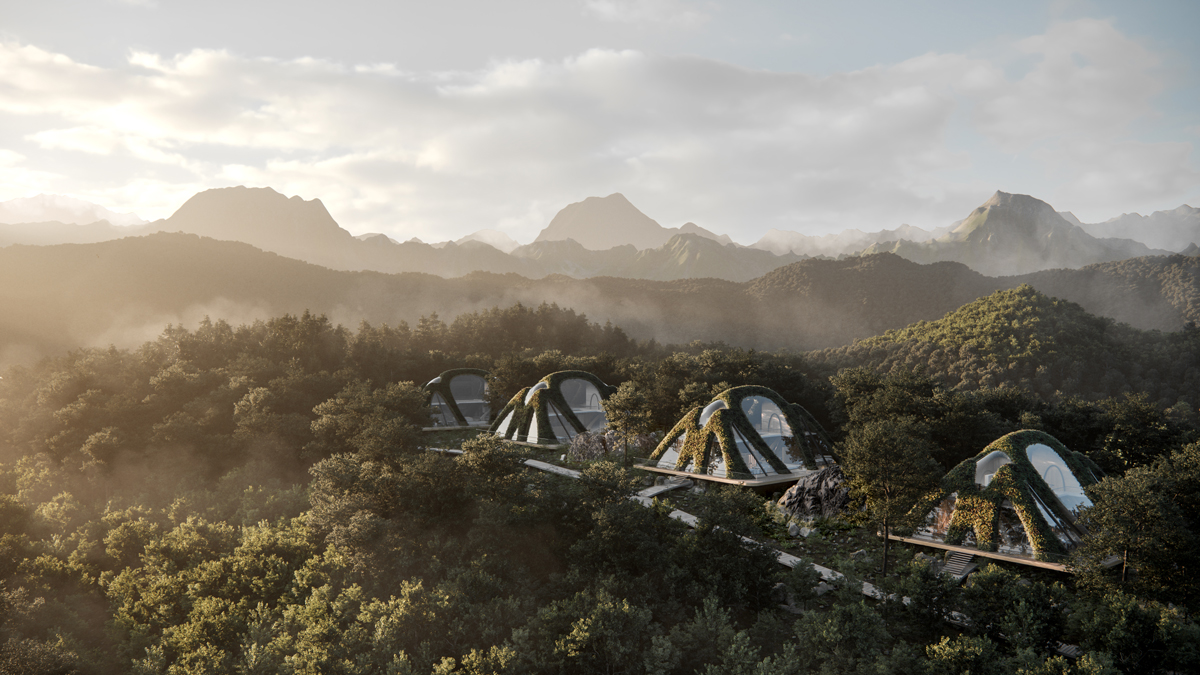
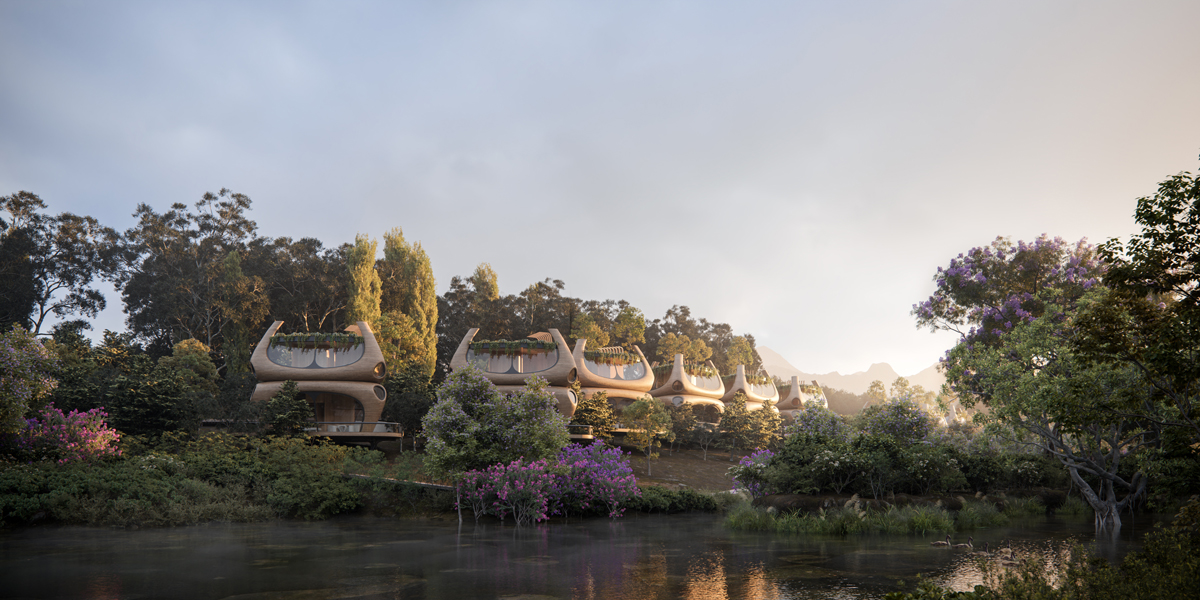














Leave a comment